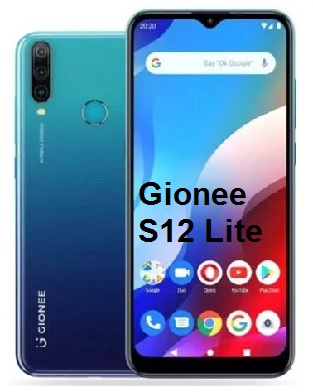Vivo X Fold 3 Pro vs. OnePlus Open: A Detailed Comparison

The world of foldable phones is heating up, and the Vivo X Fold 3 Pro and OnePlus Open are two of the latest contenders vying for your attention. Both boast impressive specs and innovative designs, but which one reigns supreme? Let's dive into a detailed comparison to help you decide. Displays: Main Display: Both phones offer large, foldable AMOLED displays with LTPO technology for smooth refresh rates that adjust based on content. The Vivo X Fold 3 Pro has a slightly larger 8.03-inch display with a higher 2K+ resolution compared to the OnePlus Open's 7.82-inch 2K display. The Vivo also boasts a significantly brighter peak brightness of 4500 nits compared to the OnePlus Open's 2800 nits. Cover Display: Both phones feature sizable AMOLED cover displays for one-handed use. The Vivo X Fold 3 Pro has a larger 6.53-inch FHD+ display compared to the OnePlus Open's 6.31-inch FHD+ display. However, both offer a 120Hz refresh rate for a smooth experience. Performance: Both...
















